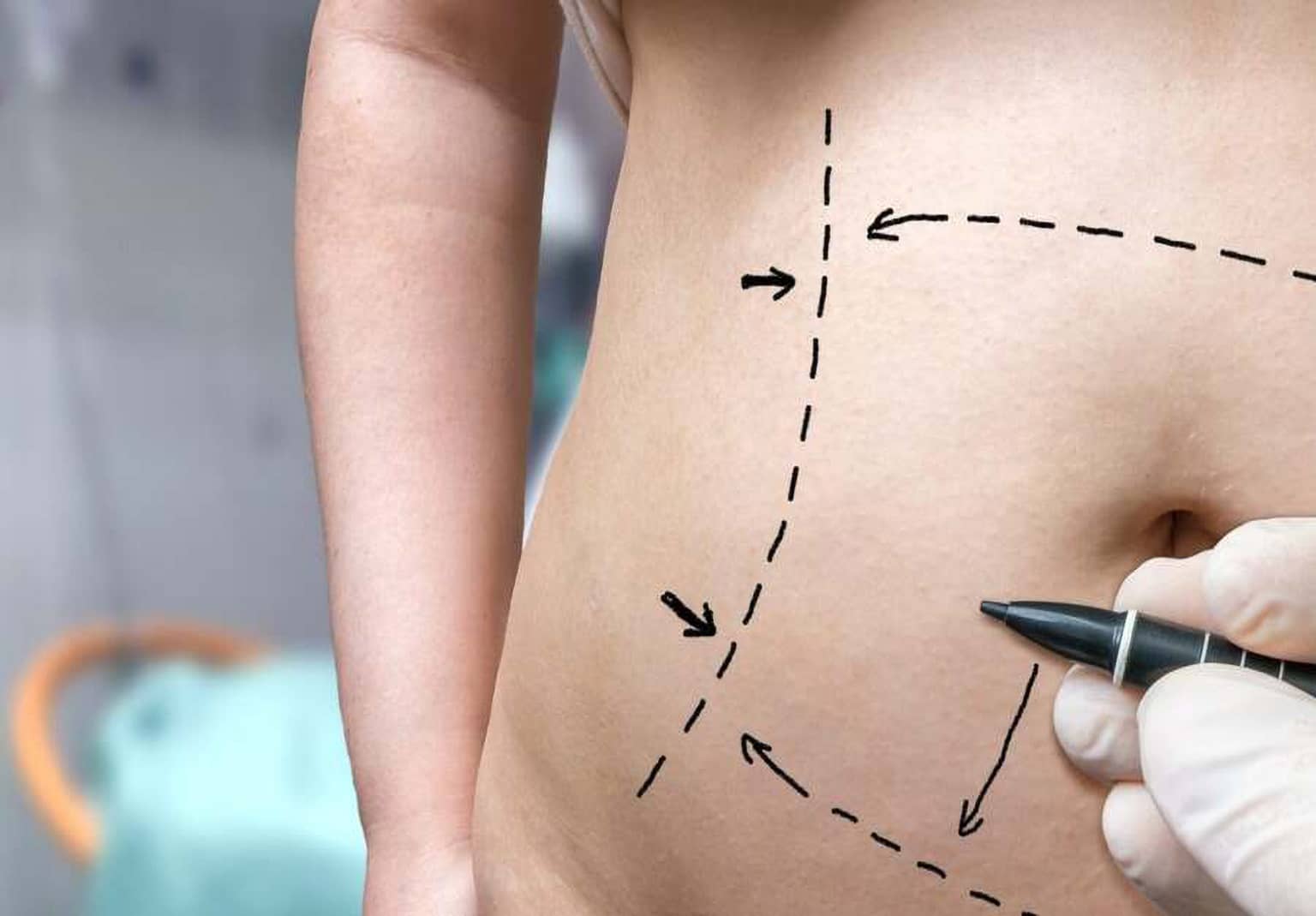Breast reduction surgery in males is becoming more common, accounting for almost half of all breast reduction procedures. Breast reduction is often done for a not-uncommon breast disorder called gynecomastia. This condition affects nearly half the male population today from ages 14 on up.
Gynecomastia results in enlarged or over-developed breasts in men. It is often typified with excess localized fat or glandular tissue and sometimes excess breast skin. This can cause emotional and physical discomfort.
The cause of enlarged breasts in men is unknown, but has been linked to fluctuating changes in testosterone in young males as well as reduced levels of testosterone in older men. Medications such as those treating prostate, anti-anxiety or heart medications may also lead to gynecomastia. Be sure to tell your doctor what medications are you are on as this will affect any breast reduction procedures. Alcohol and drugs such as marijuana can also lead to this condition.
In some cases, a man can have pseudo-gynecomastia which is the appearance of fat on the chest. This can be resolved with diet and exercise, whereas true gynecomastia cannot.
The surgical procedure for gynecomastia breast reduction surgery is often an outpatient one and consists of liposuction that may be combined with glandular tissue removal.
Liposuction procedure will require a small incision to remove excess fat. A hollow tube called a cannula is attached to a vacuum pump to suction out fat cells. A small drain may be inserted to remove additional excess fluids. When fat cells are removed, the do not regenerate and results are long-lasting.
For excess glandular tissue, your surgeon may need to cut tissue out with a scalpel. This can be done in conjunction with liposuction, reducing your need for additional procedures. This may require a larger incision and result in more visible scars, depending on where the incisions are made.
Possible side effects for male breast reduction include infection, bleeding, or reaction to anesthesia, which exist for all surgeries. Additional possible side effects involve loss of breast and nipple sensation either temporarily or permanently but this side effect is relatively uncommon.
The recovery process is minimal, with most patients feeling better in 2-3 days. The chest area may need to be wrapped in a dressing to keep the skin firmly in place. Results will be noticeable after surgery and continue to improve for several months and up to a year after the procedure, as skin tightens and swelling reduces.
While once a not-often discussed topic, more information is now readily available about gynecomastia. If you have questions about enlarged breast tissue, don’t hesitate to contact us for a consultation.




